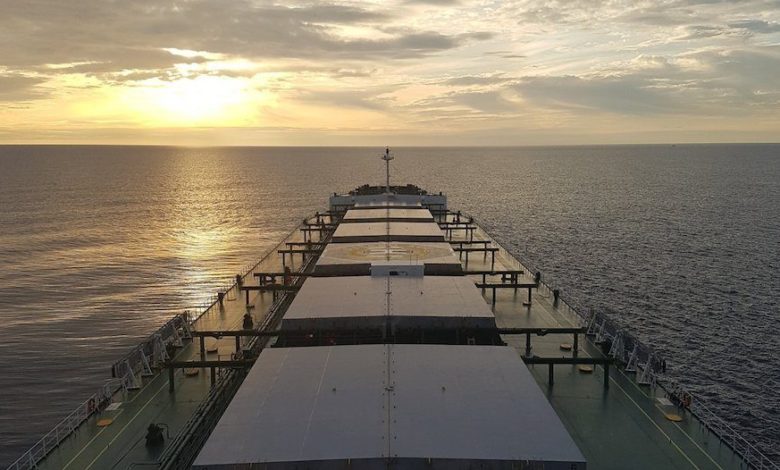Shipping’s largest sector lags behind in green investments

Dry bulk stands out among the major shipping sectors as the least willing to invest in green new tonnage.
According to data from AXS Marine, so far only 3% or 915 vessels are equipped with dual fuel propulsion from the total global bulk, tanker and containership fleet of 30,487 ships. AXS Marine statistics show how dry bulk, the largest sector in shipping, has been the most reluctant so far to invest in dual fuel technology.

Clarksons Research data shows that for last year around 45% of all newbuilding capacity ordered involved alternative fuel helping take the overall share of orderbook tonnage to over 50% for the first time.
The strongest uptake outside of LNG carriers and VLGCs where cargo can be utilised as fuel, has been in the container sector, now standing at 61% of the orderbook and car carriers at more than 90%. For the bulk carrier orderbook take-up is just 10% and for tankers it is 19%.
Dry bulk’s long tail, and its slowness to invest in green tonnage will be under the microscope on May 3 during the high-level dry decarbonisation session at the Splash-organised Geneva Dry summit, a panel chaired by Mette Asmussen from the World Economic Forum and featuring top names from owning, chartering and class.
